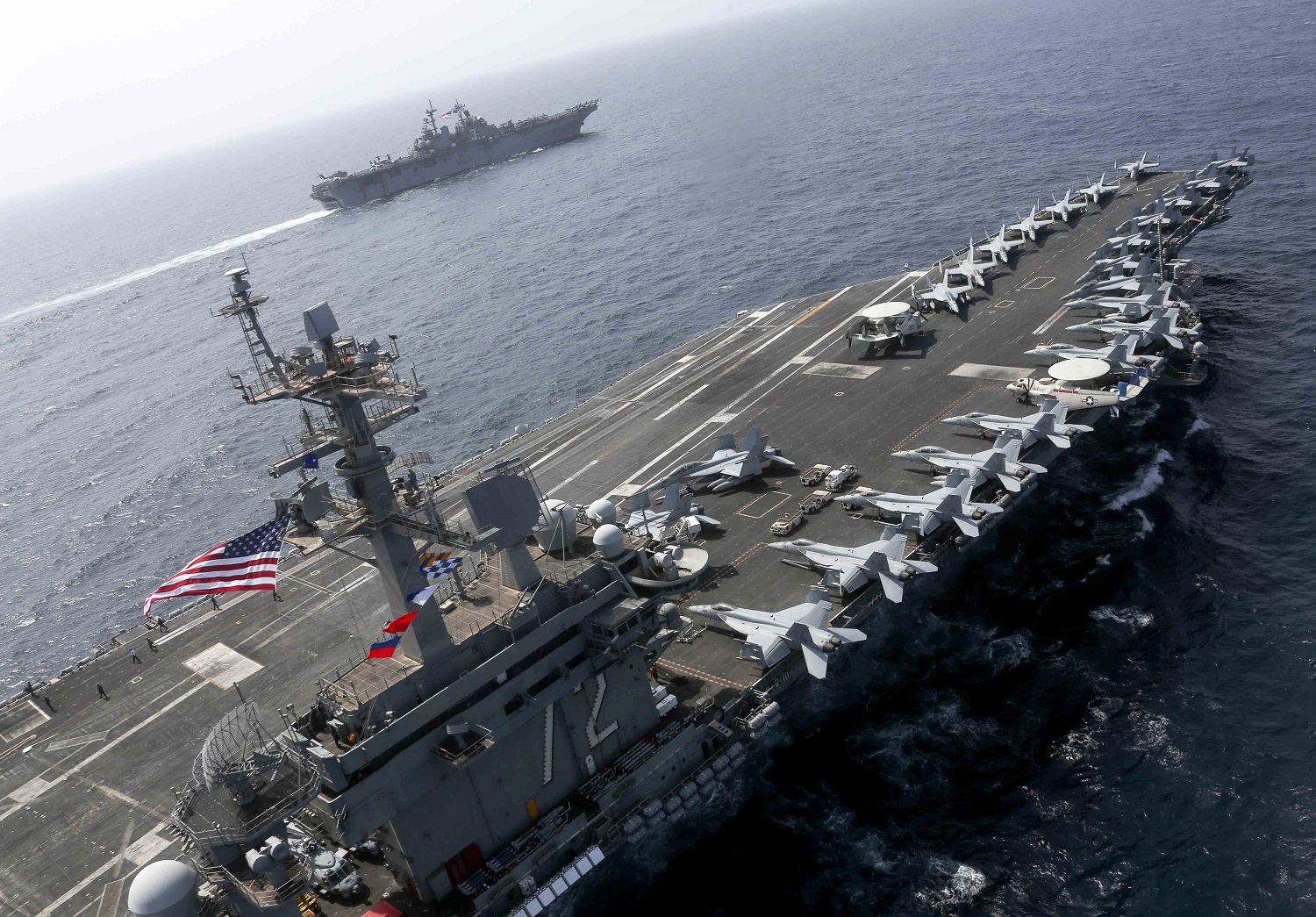
Washington. The American Navy is to cut two aircraft carriers from its fleet, freeze the large surface combatant fleet of destroyers and cruisers around current levels and add dozens of unmanned or lightly manned ships to the inventory, says an assessment from the internal office of the Secretary of Defense.
The study calls for a fleet of nine carriers, down from the current fleet of 11, and for 65 unmanned or lightly manned surface vessels. It also says for a surface force of between 80 and 90 large surface combatants, and an increase in the number of small surface combatants – between 55 and 70, which is substantially more than the US Navy currently operates.
The assessment is part of an ongoing Department of Defense (DoD) wide review of Navy force structure and seems to echo what Secretary of Defense Mark Esper has been saying for months: the Department wants to begin de-emphasising aircraft carriers as the centerpiece of the Navy’s force projection and put more emphasis on unmanned technologies that can be more easily sacrificed in a conflict and can achieve their missions more affordably.
A DoD spokesperson declined to comment on the force structure assessment.
“We will not comment on a DoD product that is pre-decisional,” said Navy Capt. Brook DeWalt.
The Navy is also working on its own force structure assessment that is slated to be closely aligned with the Marine Corps’ stated desire to become more closely integrated with the Navy.
Cutting two aircraft carriers would permanently change the way the Navy approaches presence around the globe and force the service to rethink its model for projecting power across the globe, said Jerry Hendrix, a retired Navy captain and analyst with the Telemus Group.
“The deployment models we set – and we’re still keeping – were developed around 15 carriers so that would all fall apart,” Hendrix said, referring to standing carrier presence requirements in the West Asia and Asia-Pacific.
With nine carriers, the Navy would have between six and seven available at any given time with one in its mid-life refueling and overhaul and one or two in significant maintenance periods. The net result would be significantly fewer carrier deployments in each calendar year.
The assessment reducing the overall number of carriers also suggests that the OSD study didn’t revamp the Carrier Air Wing to make it more relevant, Hendrix said.
There are about 90 cruisers and destroyers in the fleet: the study recommended retaining at least 80 but keeping about as many as the Navy currently operates at the high end.








